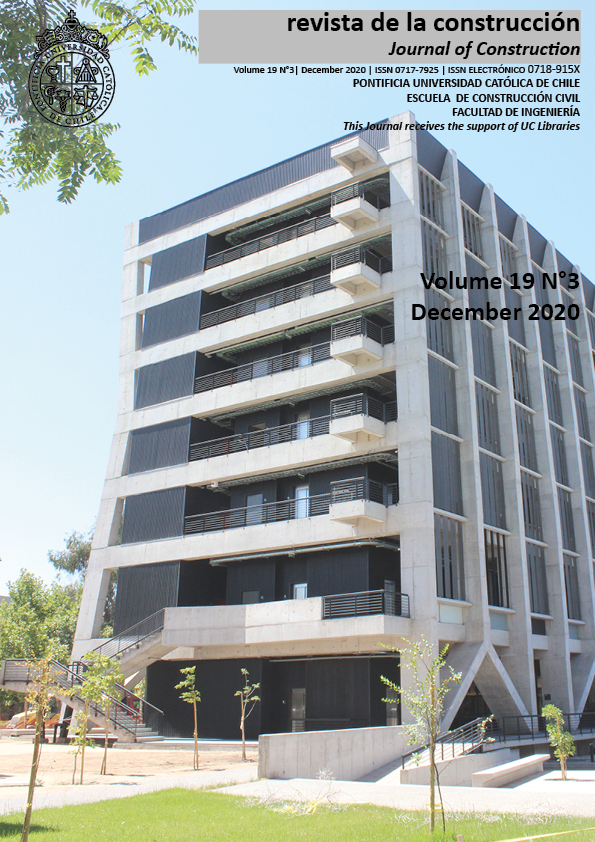Determination of indoor air quality in collective living spaces utilizing Fuzzy logic analysis
DOI:
https://doi.org/10.7764/rdlc.19.3.288-300Keywords:
Public living space, Indoor air quality, CO2, PM10, Fuzzy LogicAbstract
Individuals have to work in collective living spaces which might be indoor or outdoor areas. In indoor works, people spend approximately 90% of their time in a closed space. There are many parameters affecting indoor air quality. Among these, for indoor and outdoor, important parameters can be listed as carbon monoxide (CO), carbon dioxide (CO2), sulfur dioxide (SO₂), particles, nitrogen oxides (NOx), various microorganisms, harmful allergens, and powders. Some health problems might emerge in people who stay in indoor environments for a long time. For instance, newborns and infants are more likely to stay indoors. It is the primary reason for occurring many acute and chronic diseases at an early age, as babies and children are more sensitive to environmental pollutants. Recently published studies, which report that appendicitis failures might be fatal and air pollution can increase the rate of these failures, are remarkable. On the other hand, there are many negative effects of polluted indoor air on human health such as attention deficit and excessive daytime sleepiness. Moreover, the negative effects of this kind of indoor air quality on human learning and perception can not be neglected. The researchers focusing on indoor air quality are conducting studies showing that air pollution has an effect on physical activity and neurological interaction in humans. Even though air pollutants in outdoor air content were evaluated with fuzzy logic method in many studies, there are quite few studies using the fuzzy approach for indoor air quality. In this study, through the standard formula developed by the United States Environmental Protection Agency (EPA), calculations were made using fuzzy logic in MATLAB utilizing air quality index. In the study, indoor air quality measurement parameters were evaluated with the “Mamdani” method used in fuzzy logic. In the study, the model suitable for the logic structure created with the fuzzy tool in MATLAB was analyzed with the help of Mamdani method, and the suitability of evaluating the indoor air quality with artificial intelligence was investigated. A set of suggestions has been made evaluating and criticizing the results.





